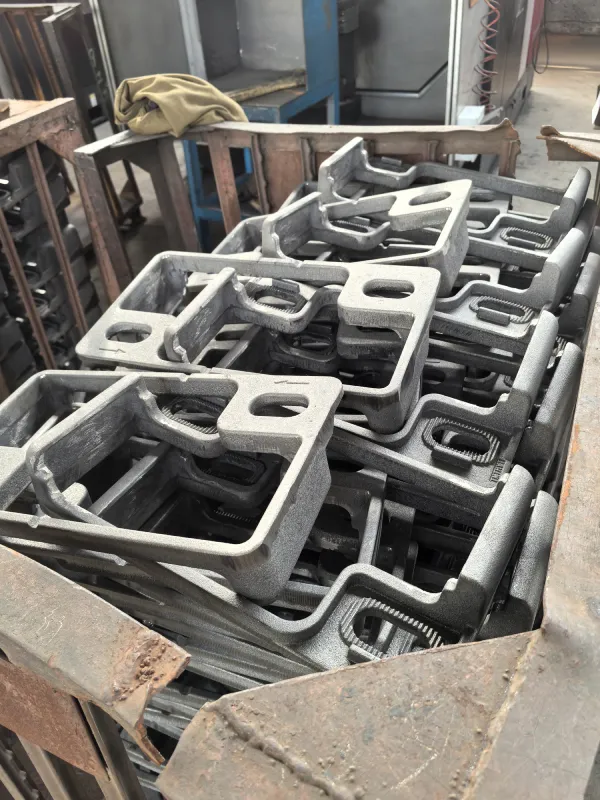- Afrikaans
- Albanian
- Amharic
- Arabic
- Armenian
- Azerbaijani
- Basque
- Belarusian
- Bengali
- Bosnian
- Bulgarian
- Catalan
- Cebuano
- China
- China (Taiwan)
- Corsican
- Croatian
- Czech
- Danish
- Dutch
- English
- Esperanto
- Estonian
- Finnish
- French
- Frisian
- Galician
- Georgian
- German
- Greek
- Gujarati
- Haitian Creole
- hausa
- hawaiian
- Hebrew
- Hindi
- Miao
- Hungarian
- Icelandic
- igbo
- Indonesian
- irish
- Italian
- Japanese
- Javanese
- Kannada
- kazakh
- Khmer
- Rwandese
- Korean
- Kurdish
- Kyrgyz
- Lao
- Latin
- Latvian
- Lithuanian
- Luxembourgish
- Macedonian
- Malgashi
- Malay
- Malayalam
- Maltese
- Maori
- Marathi
- Mongolian
- Myanmar
- Nepali
- Norwegian
- Norwegian
- Occitan
- Pashto
- Persian
- Polish
- Portuguese
- Punjabi
- Romanian
- Russian
- Samoan
- Scottish Gaelic
- Serbian
- Sesotho
- Shona
- Sindhi
- Sinhala
- Slovak
- Slovenian
- Somali
- Spanish
- Sundanese
- Swahili
- Swedish
- Tagalog
- Tajik
- Tamil
- Tatar
- Telugu
- Thai
- Turkish
- Turkmen
- Ukrainian
- Urdu
- Uighur
- Uzbek
- Vietnamese
- Welsh
- Bantu
- Yiddish
- Yoruba
- Zulu
Out . 21, 2024 20:40 Back to list
Silicon Aluminum Alloy Heat Exchanger Production for Enhanced Performance and Efficiency
The Advancements in Cast Silicon Aluminum Alloy Heat Exchangers
Heat exchangers are crucial components in various industrial applications, ranging from power generation to chemical processing, and even in HVAC (Heating, Ventilation, and Air Conditioning) systems. Among the different materials used for manufacturing heat exchangers, cast silicon aluminum alloys have emerged as a preferred choice for many manufacturers. This article explores the benefits and advancements brought about by these innovative materials in heat exchanger technology.
Understanding Cast Silicon Aluminum Alloys
Cast silicon aluminum alloys are engineered materials that combine silicon and aluminum in a carefully controlled ratio. This alloy offers significant benefits over traditional aluminum, including enhanced corrosion resistance, improved fluid handling capabilities, and better thermal performance. The addition of silicon not only improves the casting properties but also enhances the fluidity of the melted alloy, making it easier to create complex shapes that are essential for efficient heat exchange.
Key Advantages in Heat Exchanger Applications
1. Corrosion Resistance One of the standout features of cast silicon aluminum alloys is their remarkable resistance to corrosion. This property is particularly valuable in industries where the heat exchangers are subjected to corrosive environments, such as chemical processing and marine applications. The ability to withstand hostile conditions reduces maintenance needs and prolongs the lifespan of the heat exchangers.
2. Thermal Conductivity Effective heat transfer is paramount in the design of heat exchangers. Cast silicon aluminum alloys provide excellent thermal conductivity, enabling efficient heat transfer between fluids. This characteristic helps reduce energy consumption and increases the overall efficiency of thermal systems, making them an attractive option for modern, energy-conscious design.
3. Lightweight Construction Compared to traditional materials like copper and certain steel alloys, cast silicon aluminum alloys are significantly lighter. This reduction in weight can lead to easier installation and lower shipping costs. In applications where weight is a critical factor, such as in aerospace or automotive environments, this lightweight nature provides a distinct advantage.
cast silicon aluminum alloy heat exchanger manufacturer

4. Design Flexibility The casting process of silicon aluminum alloys allows for the creation of intricate designs that can enhance heat transfer efficiency. Manufacturers can produce customized shapes and sizes tailored to specific applications, improving overall system effectiveness. This adaptability fosters innovation, as engineers can incorporate unique formations aimed at optimizing fluid flow and heat exchange.
5. Cost-Effectiveness While initial costs might be competitive with other materials, the long-term cost savings realized from reduced maintenance, lower energy consumption, and extended operational lifespans make cast silicon aluminum alloy heat exchangers an economically attractive option. In sectors that prioritize ROI (return on investment), these materials prove to be a sustainable choice.
Manufacturers Leading the Way
Several manufacturers have embraced the potential of cast silicon aluminum alloys, enhancing their product lines with these adept materials. These industry players utilize advanced casting techniques such as sand casting, die casting, and investment casting, allowing for the production of high-quality components at scale.
Leading manufacturers often invest in research and development to optimize the attributes of silicon aluminum alloys further. By leveraging technology such as computer-aided design (CAD) and 3D printing, companies can simulate and refine designs before committing to production, ensuring top-tier performance right from the start.
Conclusion
As industries evolve and the demand for efficient, durable, and cost-effective heat exchangers grows, cast silicon aluminum alloy manufacturers are at the forefront of innovation. Their ability to blend performance with adaptability has positioned these materials as a leading choice for various applications. From reducing energy consumption to enhancing corrosion resistance, the advantages of cast silicon aluminum alloys in heat exchanger design are clear.
Ultimately, as more manufacturers recognize the benefits and invest in the technology surrounding these alloys, we can expect to see a continuous advancement in heat exchanger performance, contributing to a more sustainable and efficient future across numerous sectors. The journey of innovation in heat exchanger design, fueled by cast silicon aluminum alloys, is just beginning, and its potential is boundless.
-
Custom Domestic Hot Water Heat Exchangers Efficient & Durable
NewsMay.24,2025
-
Cast Iron vs. Ductile Iron Differences, Uses & Benefits
NewsMay.24,2025
-
Top Gas Fired Boiler Supplier High-Efficiency Solutions & OEM Support
NewsMay.23,2025
-
Marine Gear Box Casting Solutions Durable & Custom OEM/ODM
NewsMay.23,2025
-
Custom Cast Iron Pipe Mold Bottom Ring Durable & ODM Solutions
NewsMay.22,2025
-
Precision nvestment Casting Services – Custom & ODM Solutions
NewsMay.22,2025


